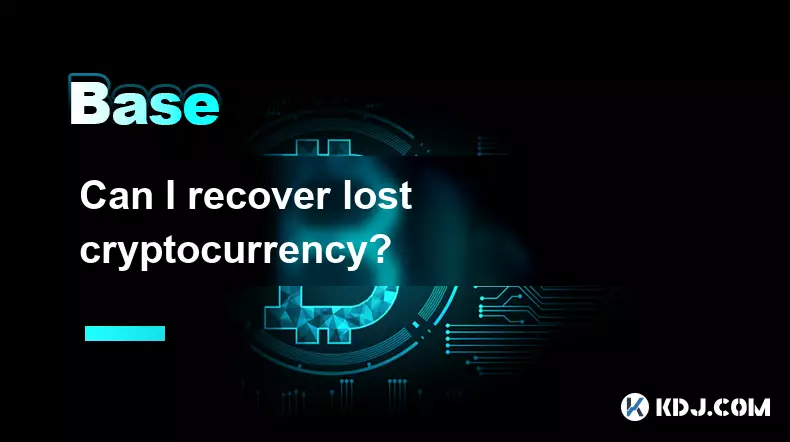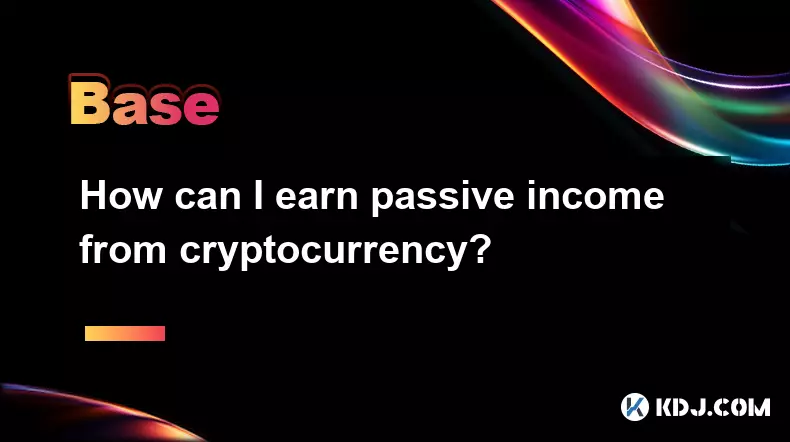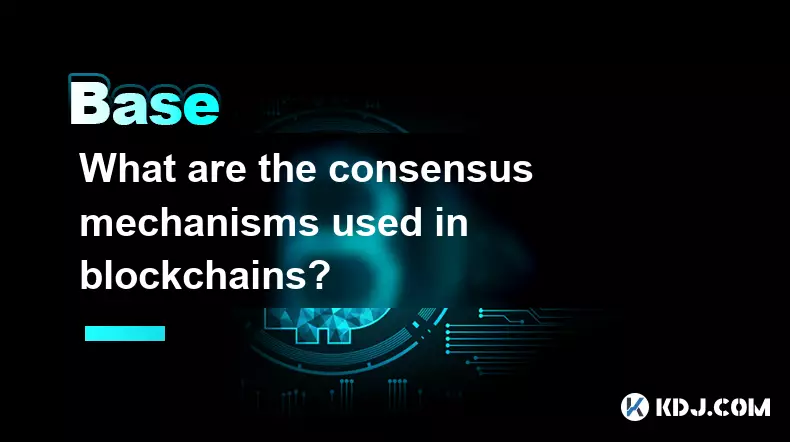-
 bitcoin
bitcoin $109667.069529 USD
-3.03% -
 ethereum
ethereum $3936.685804 USD
-4.07% -
 tether
tether $1.000493 USD
0.01% -
 xrp
xrp $2.771823 USD
-4.74% -
 bnb
bnb $957.805027 USD
-5.34% -
 solana
solana $196.735100 USD
-6.68% -
 usd-coin
usd-coin $0.999727 USD
-0.01% -
 dogecoin
dogecoin $0.227355 USD
-5.12% -
 tron
tron $0.335205 USD
-0.81% -
 cardano
cardano $0.779256 USD
-3.59% -
 ethena-usde
ethena-usde $0.999900 USD
-0.06% -
 hyperliquid
hyperliquid $42.492095 USD
-6.61% -
 chainlink
chainlink $20.501853 USD
-4.34% -
 avalanche
avalanche $28.952606 USD
-11.21% -
 stellar
stellar $0.356038 USD
-3.93%
What is the Bitcoin halving and its impact?
The Bitcoin halving cuts miner rewards in half every four years, reducing new supply and reinforcing its scarcity, often preceding major price rallies.
Sep 21, 2025 at 08:18 am

Understanding the Bitcoin Halving Mechanism
1. The Bitcoin halving is a pre-programmed event that occurs approximately every four years, or after every 210,000 blocks are mined on the Bitcoin blockchain. This mechanism was designed by Bitcoin’s creator, Satoshi Nakamoto, to control the rate at which new bitcoins enter circulation.
2. During each halving, the reward given to miners for validating transactions and adding new blocks to the blockchain is cut in half. Initially set at 50 BTC per block in 2009, the reward has undergone multiple reductions: to 25 BTC in 2012, 12.5 BTC in 2016, 6.25 BTC in 2020, and most recently to 3.125 BTC in April 2024.
3. This process ensures that the total supply of Bitcoin will never exceed 21 million, reinforcing its deflationary nature. Unlike fiat currencies, which central banks can print indefinitely, Bitcoin’s scarcity is algorithmically enforced through this halving schedule.
4. The halving is hardcoded into Bitcoin’s protocol, meaning it cannot be altered without consensus from the entire network. This immutability strengthens trust among users and investors who value predictability and transparency in monetary policy.
5. Because mining rewards constitute a primary income source for miners, the halving directly affects their profitability. As rewards decrease, only the most efficient mining operations—those with low electricity costs and advanced hardware—can remain competitive.
Market Reactions Following Past Halvings
1. Historical data shows that Bitcoin prices have experienced significant upward movements in the months following previous halving events. For example, after the 2012 halving, the price rose from around $12 to over $1,000 by the end of 2013.
2. After the 2016 halving, Bitcoin began a major bull run in late 2017, reaching nearly $20,000. Similarly, the 2020 halving preceded a rally that pushed prices above $60,000 in 2021.
3. These patterns suggest a correlation between reduced issuance and increased market demand, though causation is influenced by multiple factors such as macroeconomic conditions, institutional adoption, and regulatory developments.
4. In the short term immediately after a halving, price movements can be volatile. Some analysts observe temporary stagnation or minor dips due to profit-taking by traders anticipating the event.
5. Over time, the reduced inflation rate of Bitcoin—measured by new supply entering the market—tends to support bullish sentiment, especially when combined with growing usage and limited sell pressure from long-term holders.
Effects on Miners and Network Security
1. A direct consequence of the halving is the reduction in revenue for mining operators. With block rewards halved, many smaller or less-efficient miners may find it unprofitable to continue operations unless transaction fees compensate for the loss.
2. This often leads to consolidation within the mining industry, where large-scale farms with access to cheap energy and optimized infrastructure dominate hash rate distribution.
3. Despite concerns about centralization, the overall security of the Bitcoin network has remained robust post-halving. Increased competition drives innovation in mining efficiency and renewable energy integration.
4. Transaction fees play an increasingly important role in miner incentives. As block rewards diminish over time, the economic model relies more heavily on user fees to maintain network integrity.
5. Long-term sustainability depends on Bitcoin’s ability to scale fee markets effectively. Layer-2 solutions like the Lightning Network may indirectly support miner economics by increasing on-chain settlement demand during peak congestion.
Supply Scarcity and Investor Behavior
1. Each halving intensifies Bitcoin’s scarcity narrative, reinforcing its appeal as a digital store of value akin to gold. Investors often refer to this event as a catalyst for “supply shocks” in the market.
2. With fewer new coins being released, any sustained increase in demand can exert strong upward pressure on price, particularly if exchanges see rising inflows from both retail and institutional buyers.
3. The concept of “stock-to-flow” ratio, which measures existing supply against new production, gains prominence ahead of halvings. Proponents argue that this metric helps forecast long-term valuation trends.
4. Whales and long-term holders tend to accumulate before and after halvings, reducing liquid supply on exchanges. This behavior amplifies volatility when selling does occur but also supports price resilience during downturns.
5. Media attention surrounding halving events often brings new participants into the ecosystem, expanding awareness and driving speculative interest even among non-technical audiences.
Frequently Asked Questions
What happens when all 21 million Bitcoins are mined?Once the final bitcoin is mined—projected around the year 2140—miners will no longer receive block rewards. Their income will come entirely from transaction fees paid by users. The network is designed to remain secure under this model if fee levels are sufficient to incentivize honest participation.
Does the halving affect Bitcoin’s transaction speed?No, the halving does not alter the block time or transaction processing speed. Bitcoin averages one block every ten minutes regardless of reward size. Transaction throughput remains constrained by block size limits unless changes are made via consensus upgrades.
Can the halving be canceled or delayed?The halving is embedded in Bitcoin’s source code and enforced by decentralized consensus. Altering it would require near-universal agreement across nodes, miners, and developers—an outcome considered highly unlikely due to the principle of immutability.
How do halvings influence altcoin markets?Bitcoin halvings often trigger broader crypto market cycles. Capital frequently rotates into alternative cryptocurrencies after Bitcoin rallies, as traders seek higher returns. However, this effect varies based on investor sentiment, regulatory environments, and project fundamentals.
Disclaimer:info@kdj.com
The information provided is not trading advice. kdj.com does not assume any responsibility for any investments made based on the information provided in this article. Cryptocurrencies are highly volatile and it is highly recommended that you invest with caution after thorough research!
If you believe that the content used on this website infringes your copyright, please contact us immediately (info@kdj.com) and we will delete it promptly.
- Riding the Crypto Wave: Ether Supercycle, Circle's Reversibility Debate, and Aster's DEX Surge
- 2025-09-27 02:45:12
- Solana, Ruvi AI, and Institutional Backing: Navigating the Crypto Landscape
- 2025-09-27 02:25:16
- Quant, CBDCs, and Crypto: Decoding the Future of Finance, Ya Heard?
- 2025-09-27 02:45:12
- Theta Capital, Blockchain, Investment Fund: Navigating the Digital Asset Landscape in 2025
- 2025-09-27 02:25:16
- Pump Fun, Memecoins, and Streamers: A Wild Ride or a Dumpster Fire?
- 2025-09-27 02:50:01
- Trump, Token Buybacks, and a Price Slump: Decoding WLFI's Strategy
- 2025-09-27 02:50:01
Related knowledge

What are some common methods of cryptocurrency market manipulation?
Sep 27,2025 at 02:55am
Wash Trading and Its Impact on Market Perception1. Wash trading involves an individual or entity simultaneously buying and selling the same cryptocurr...

Can I recover lost cryptocurrency?
Sep 25,2025 at 08:18am
Understanding the Nature of Cryptocurrency Loss1. Cryptocurrency operates on decentralized networks, meaning there is no central authority to reverse ...

How can I earn passive income from cryptocurrency?
Sep 23,2025 at 10:18am
Staking Cryptocurrencies for Regular Returns1. Many blockchain networks operate on a proof-of-stake (PoS) consensus mechanism, allowing users to earn ...

What are gas fees in cryptocurrency transactions?
Sep 26,2025 at 02:00am
Understanding Gas Fees in Blockchain Transactions1. Gas fees are payments made by users to compensate for the computing energy required to process and...

What are the consensus mechanisms used in blockchains?
Sep 24,2025 at 10:00am
Proof of Work and Its Role in Blockchain Security1. Proof of Work (PoW) is one of the earliest consensus mechanisms, first implemented by Bitcoin. Min...

How do cryptocurrencies impact traditional finance?
Sep 26,2025 at 05:54am
Disruption of Centralized Banking Systems1. Cryptocurrencies challenge the authority of central banks by offering decentralized alternatives to fiat c...

What are some common methods of cryptocurrency market manipulation?
Sep 27,2025 at 02:55am
Wash Trading and Its Impact on Market Perception1. Wash trading involves an individual or entity simultaneously buying and selling the same cryptocurr...

Can I recover lost cryptocurrency?
Sep 25,2025 at 08:18am
Understanding the Nature of Cryptocurrency Loss1. Cryptocurrency operates on decentralized networks, meaning there is no central authority to reverse ...

How can I earn passive income from cryptocurrency?
Sep 23,2025 at 10:18am
Staking Cryptocurrencies for Regular Returns1. Many blockchain networks operate on a proof-of-stake (PoS) consensus mechanism, allowing users to earn ...

What are gas fees in cryptocurrency transactions?
Sep 26,2025 at 02:00am
Understanding Gas Fees in Blockchain Transactions1. Gas fees are payments made by users to compensate for the computing energy required to process and...

What are the consensus mechanisms used in blockchains?
Sep 24,2025 at 10:00am
Proof of Work and Its Role in Blockchain Security1. Proof of Work (PoW) is one of the earliest consensus mechanisms, first implemented by Bitcoin. Min...

How do cryptocurrencies impact traditional finance?
Sep 26,2025 at 05:54am
Disruption of Centralized Banking Systems1. Cryptocurrencies challenge the authority of central banks by offering decentralized alternatives to fiat c...
See all articles










































































